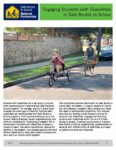MS Word Plan template
Use this template to lay out your Safe Routes to School Plan

The Minnesota Safe Routes to School Online Resource Center is a one-stop shop for tools and resources to assist with Safe Routes to School efforts.
If you are unable to find the resource, training or answer to your question please use the “Contact Us” page to send us an email so we can help!
Use this template to lay out your Safe Routes to School Plan

for information about transportation planning and potential funding sources

Systemic racism affects every area of life in the US. From incarceration rates to predatory loans, and trying to solve these problems requires changes in major parts of our system. Here’s a closer look at what systemic racism is, and how we can solve it

why equity and active transportation matter. Addresses tensions, describes opportunities and explores equitable programs and initiatives
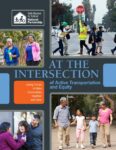
overview and explanation of six key challenges to implementing Safe Routes to School in low-income communities and specific steps to get started

In some communities, the danger of violence and crime discourages children from walking to school and keeps people off the street, limiting physical activity and restricting errands and trips. Using a framework known as the “Six E’s,” we identify specific kinds of actions that can combat violence and support Safe Routes to School
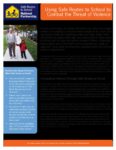
This fact sheet is a companion to Taking Back the Streets and Sidewalks: How Safe Routes to School and Community Safety Initiatives Can Overcome Violence and Crime
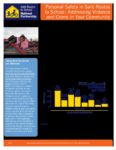
This report provides a primer for Safe Routes to School professionals looking to address community safety threats that may discourage or endanger students walking or bicycling to school
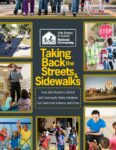
This tip sheet describes the needs for and benefits of Safe Routes to School in rural areas, explores the challenges that may arise, spells out specific approaches that show promise, and showcases successful rural examples
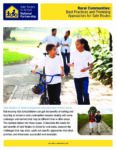
An info brief that provides information for Safe Routes to School staff, volunteers, or program leaders on how to plan and develop a program that considers and meets the needs of students with disabilities
